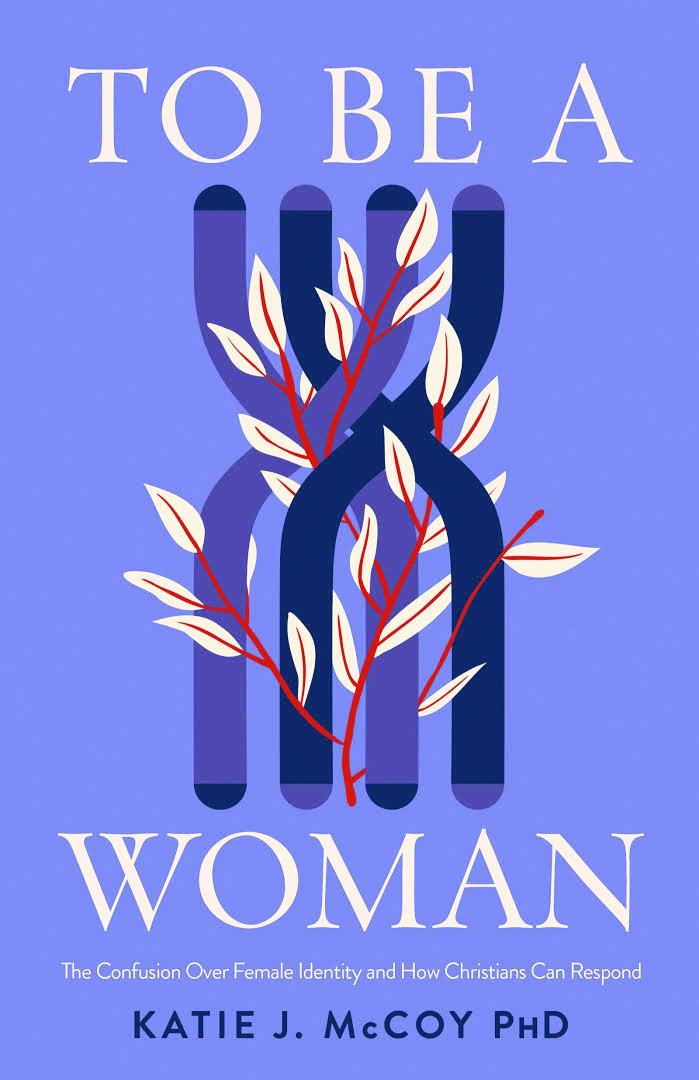In Louis L’Amour’s memoir, Education of a Wandering Man, he recounts the books he read over many years. These lists are significant for L’Amour. He read over 100 books most years. What is a man to gain from spending that much time devoted to reading? And if he decided reading is a worthwhile activity, how should one go about it?
Gene Veith, a literature professor and writer, would argue that reading is an important way to spend one’s time, especially for Christians. In his book, Reading Between the Lines: A Christian Guide to Literature, Veith helps readers understand how to read across different genres and time periods. But Veith’s apologetic for reading is so much more than just a guide to literature. Veith not only tells readers how to read but why we should even care to be readers. There’s a good chance that many haven’t thought about the terms Veith defines and explains since the last time they wrote a literary analysis was for an English class. With clear prose and astute assessments of history and culture, this isn’t a book just for the English major. Reading Between the Lines is a potent book for anyone who wants to be a better reader and thinker.
Reading and criticism
Veith begins by discussing the importance of reading and criticism. Since God has used a Book to reveal himself, “reading can never die out among Christians” (17). The habits of the mind––attention, reasoning, exploration of ideas, and language expression, among others––that reading requires are habits that “support the Christian faith and lead to a healthy and free society” (25). Reading also helps form the Christian imagination by exercising our minds, helping us understand other people and their circumstances, satisfying our need for adventure, and allowing us to process and contemplate vicarious experiences.
But Veith warns readers frankly about the indulgence of vicarious sin. And that’s where our criticism of books (and art in general) is essential. Does a work point us to the good and depict sin as evil? Reading good books should lead the reader to love the things God loves and hate the things God hates.
The forms of literature
The second section of the book considers the forms of literature: nonfiction, fiction, and poetry. When we think of nonfiction, we might think of a how-to manual or an encyclopedia, which we wouldn’t classify as good literature. However, Veith argues that good nonfiction reveals its meaning with beautiful language. Using Walter Wangerin Jr. and Annie Dillard as examples of great writers, Veith shows how good nonfiction will be concrete and tell the truth as it paints pictures with words.
Fiction also tells the truth, though in a different way. While some claim fiction is nothing more than entertainment, Veith argues that “stories teach not by being preachy or tacking on a moral at the end, but by being good gripping stories” (61). He helps readers understand the elements of fiction while also circling back to some of his ideas of criticism and discernment.
The final form of literature he examines is poetry. It is a shame that few people enjoy reading poetry in their leisure time. Poetry transcends time and place and is an important part of human expression. He argues, “Because poetry tends to address the whole person––the mind, the imagination, and the emotion––there may be no better way to cultivate a Christian sensibility and worldview (apart from reading Scripture) itself than to saturate oneself in Christian poetry” (80).
What literature does
Veith shifts from considering what literature is to exploring what literature does. The modes of literature––tragedy, comedy, realism, and fantasy––help us understand this broken world we live in and the life yet to come. Although they seem like opposites, tragedy and comedy have much to say about damnation and salvation and the relationship between suffering and joy. Realism (taking ideas from the world around us) and fantasy (taking ideas from the world within us) can increase our perception of the people around us and the events transpiring. For example, Oliver Twist, a realist novel, moved people to act as their eyes were opened to the poor children that had been around them all along. Similarly, fantasy “elevates and disciplines the imagination, awakening it readers to the beauty of goodness as well as to the reclusiveness of evil” (132).
A window into worldviews
In the final section of book, Veith offers insight on how to read and understand authors from the Middle Ages through Postmodernism. Unlike any other medium, literature gives us a window to the worldview and culture of the times. Veith’s examination of the philosophy and worldview of different ages sheds light on how the Christian worldview will allow us to uphold the insights of the books of these eras “while avoiding their errors” (190). Reading literature from outside our context can also present ideas in a fresh and clear way, even though the text may be hundreds of years old. As we read literature of times long ago, we will better understand the time in which we live.
We should care to be good readers. Reading good literature will help sharpen our minds and stir our hearts’ affections for the things we ought to love. Reading Between the Lines is a valuable book for those who want to grow as readers and thinkers and offers enough book recommendations to last a long time. As we seek to influence the world with the good news of the gospel, we should remember that “the wielders of influence will always be those who read and write” (25).










